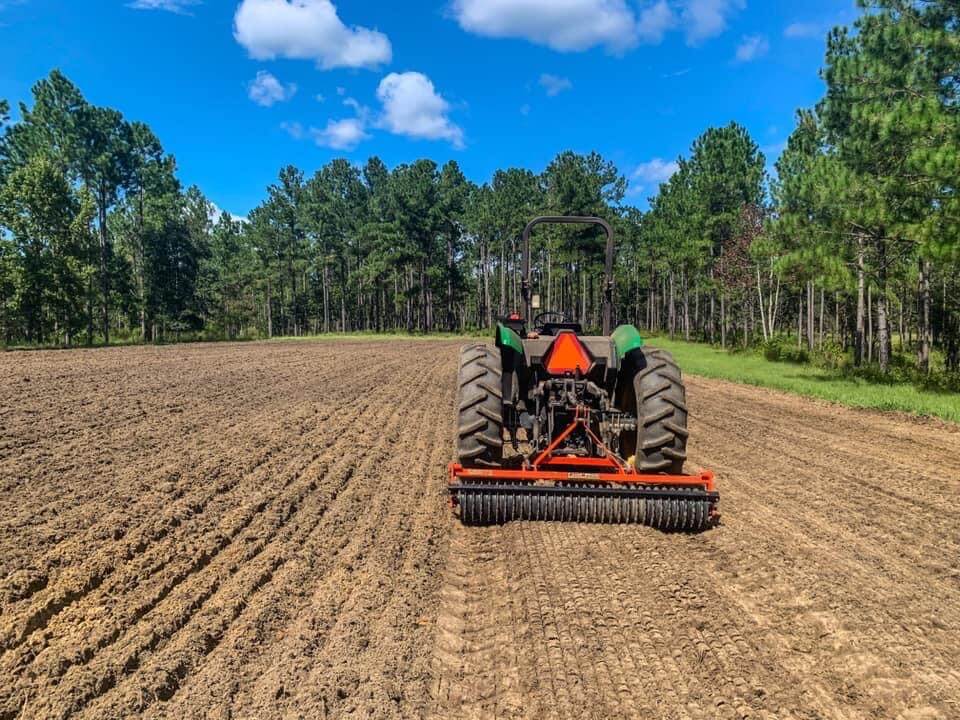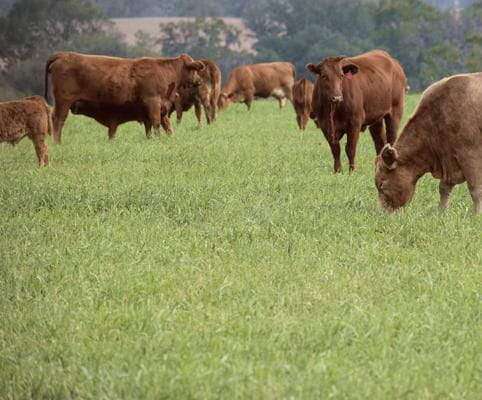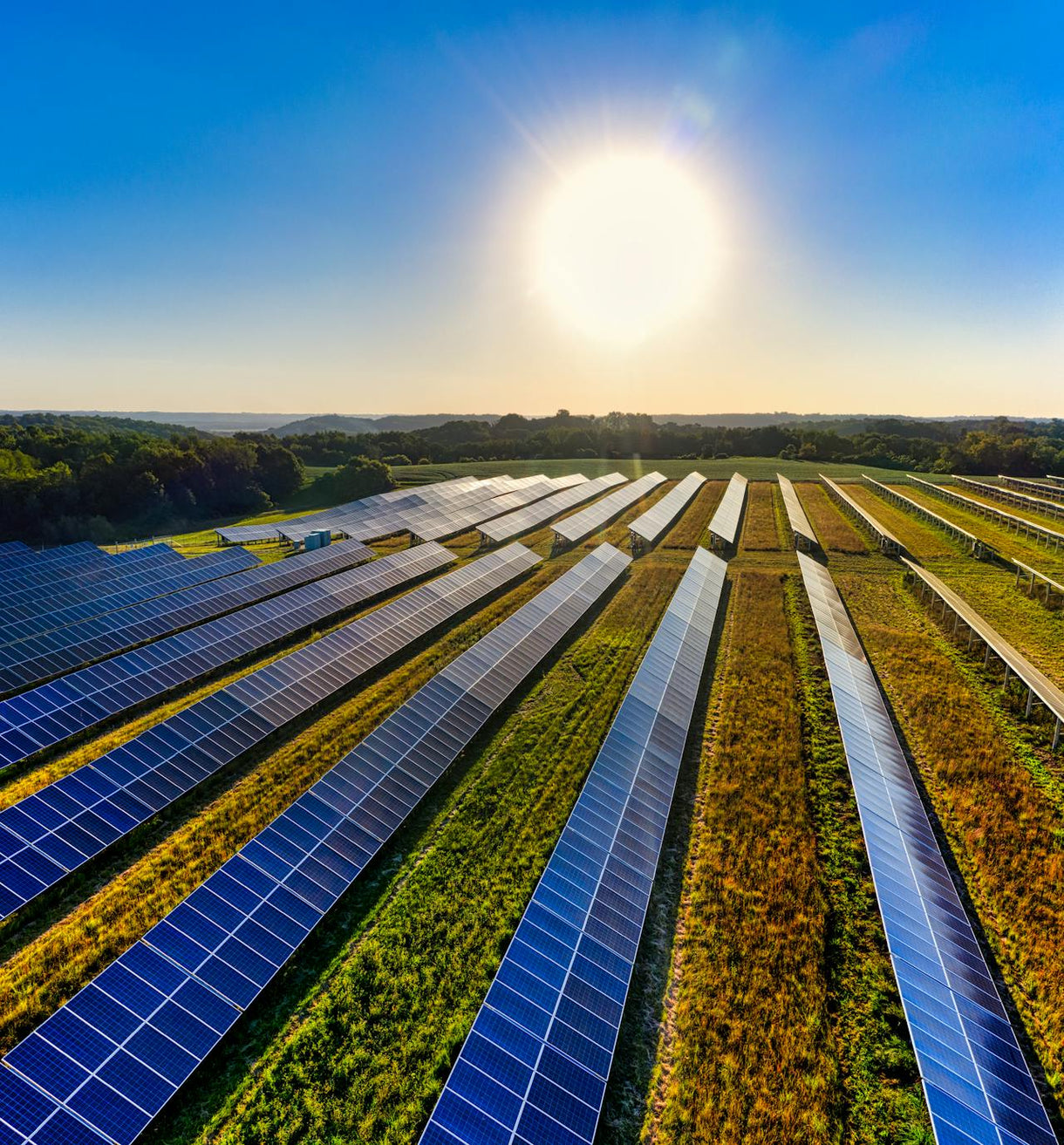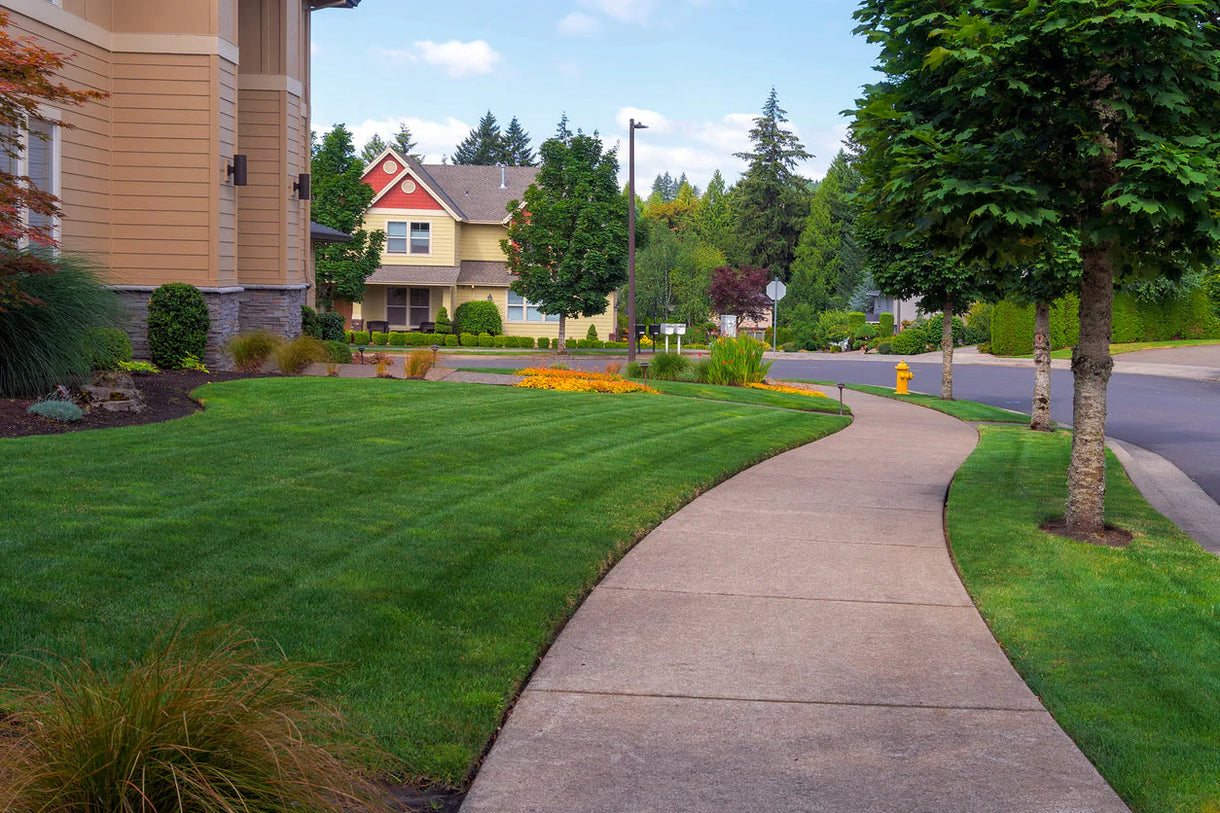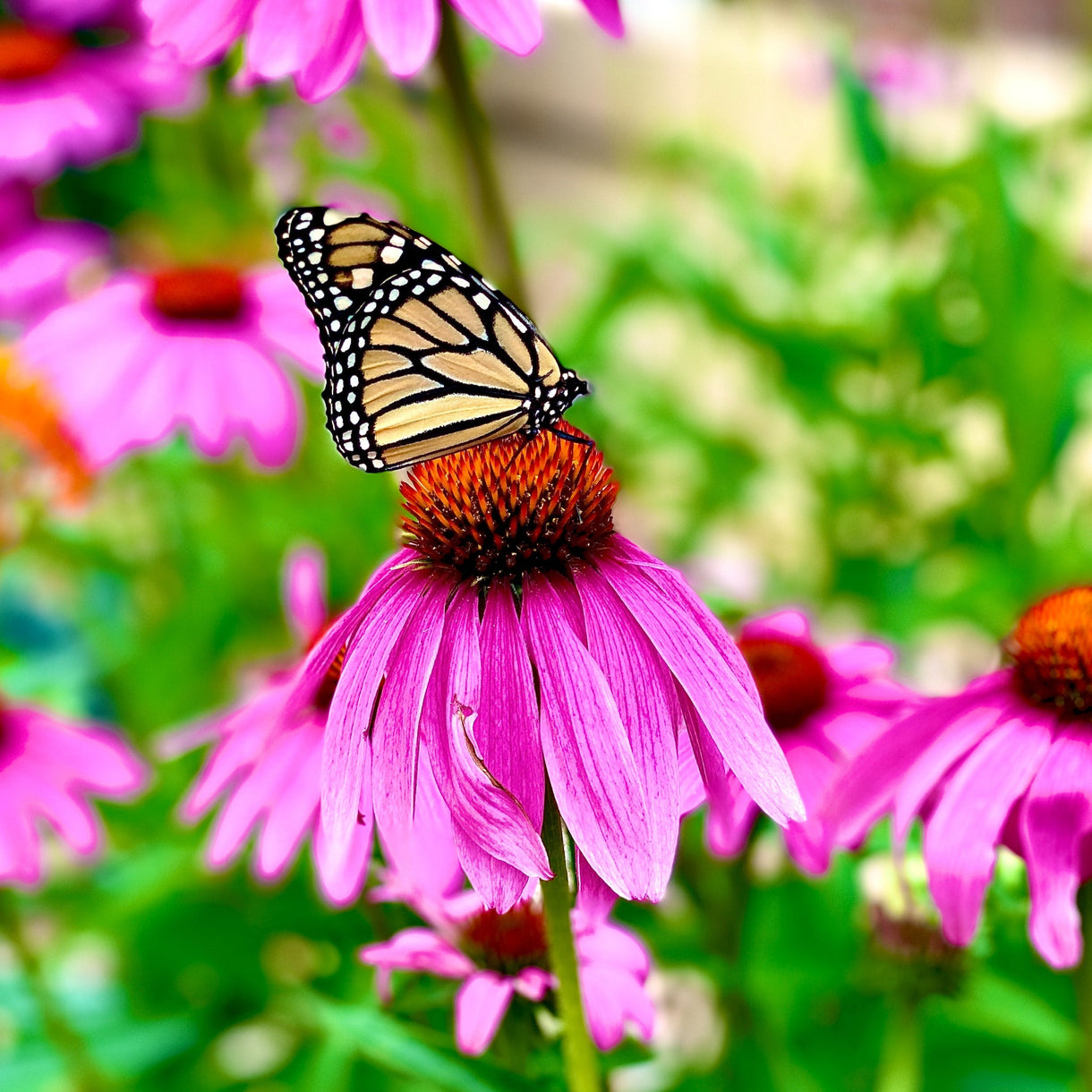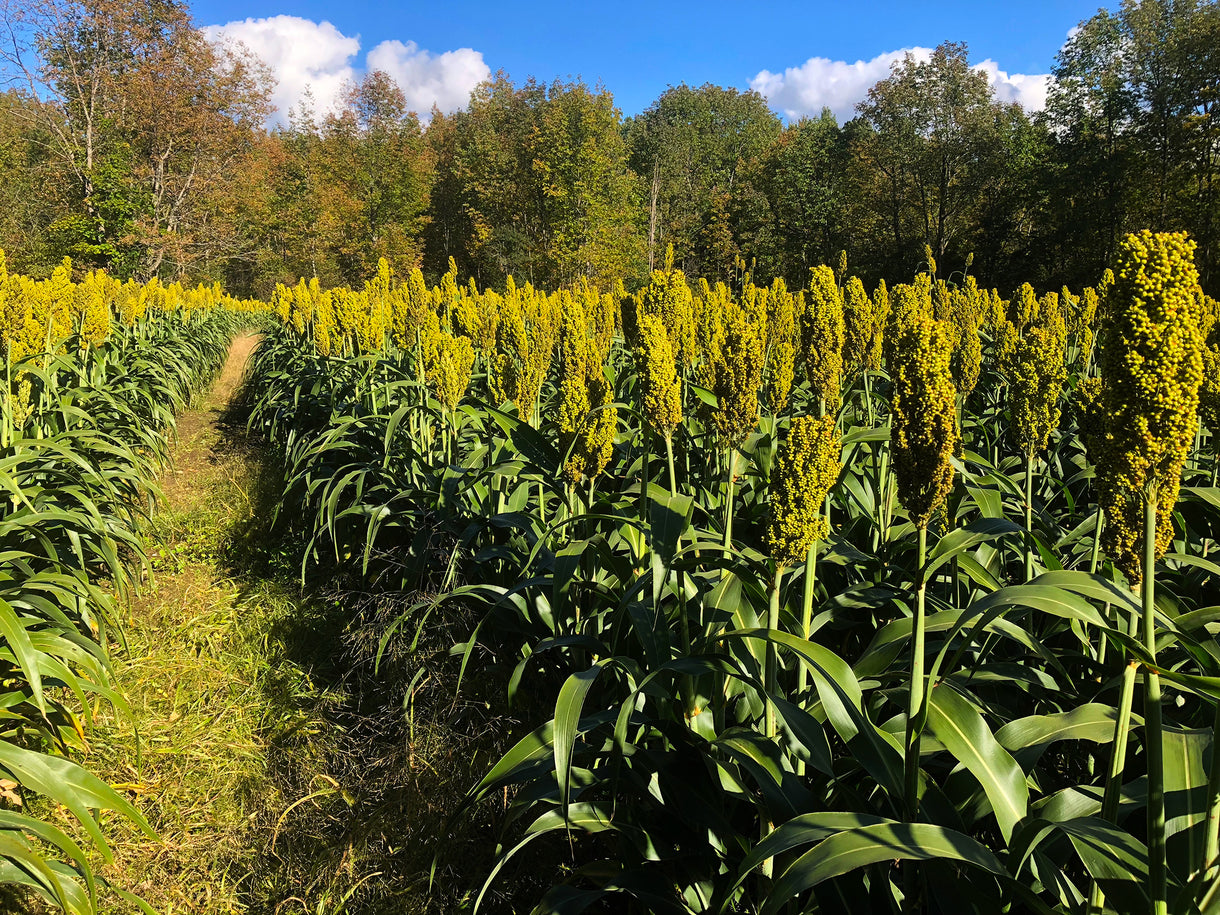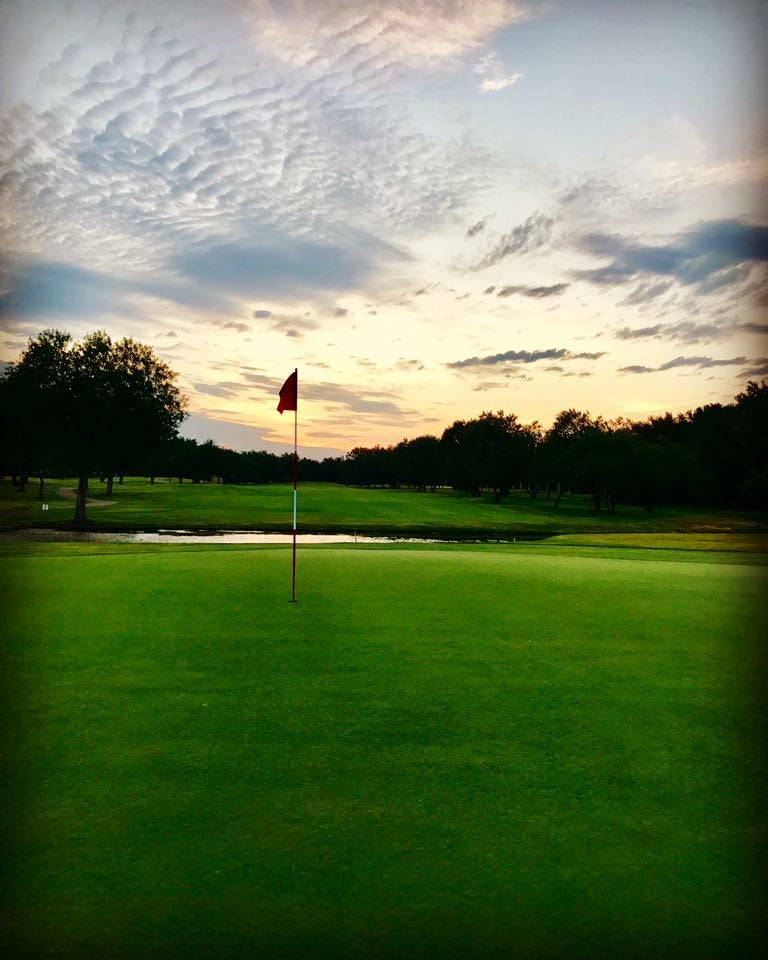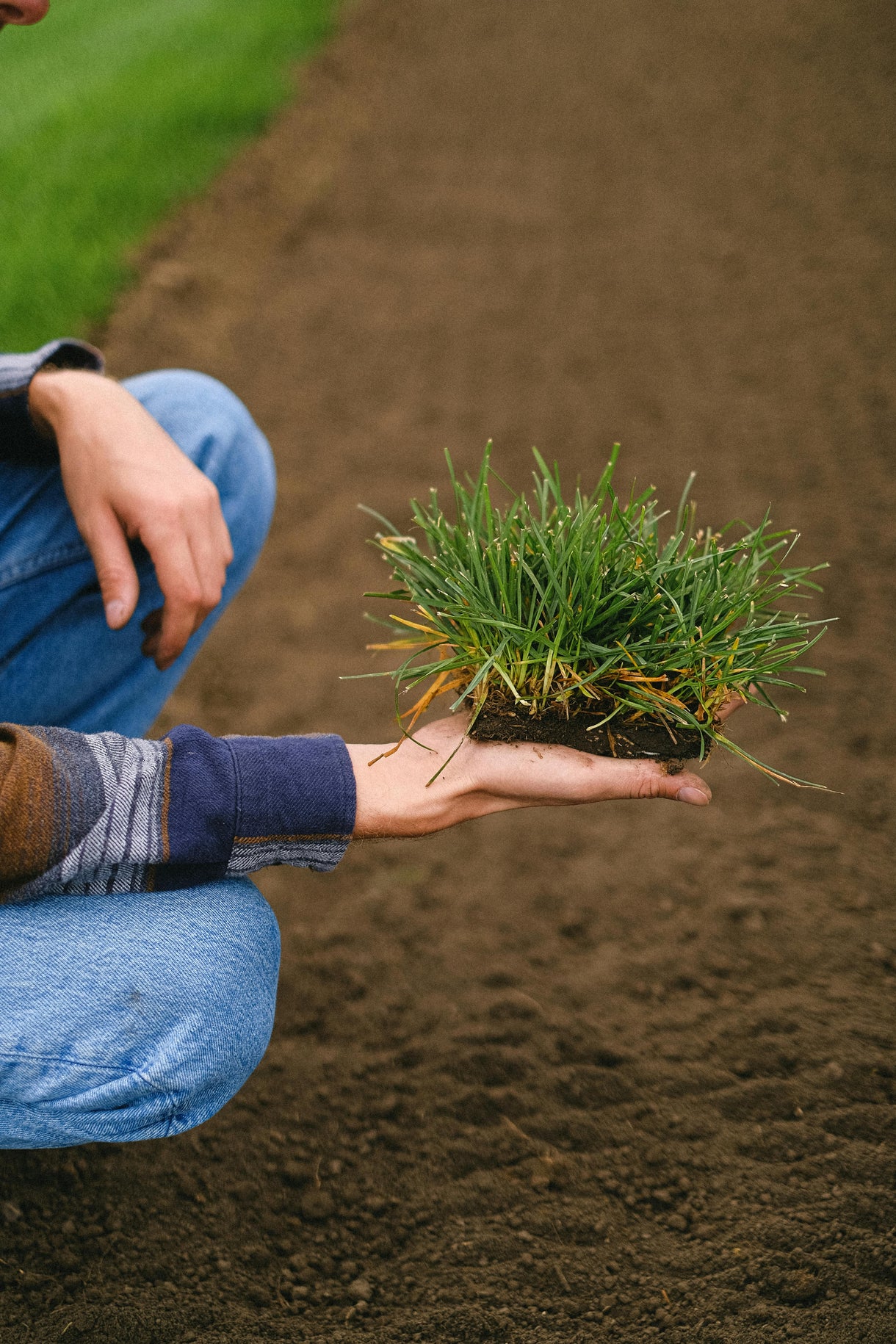Popular Products
Popular Products

Seed Quality
Hancock Seed is dedicated to delivering the best seeds possible to our customers. Hancock Seed grows and harvests many of our products, and we acquire the majority of the rest from other family farmers.
All these seeds are processed, packaged and shipped from Hancock Farm. This helps us ensure that our high standards are met. Unlike much of the competition, we refuse to sell you a seed that was not gathered during the last harvest. You will always receive fresh product from Hancock.
Every seed we grow comes with 40 years of experience behind it...you can rest assured that all of our products are cultivated in a method that assures its potential for growth.
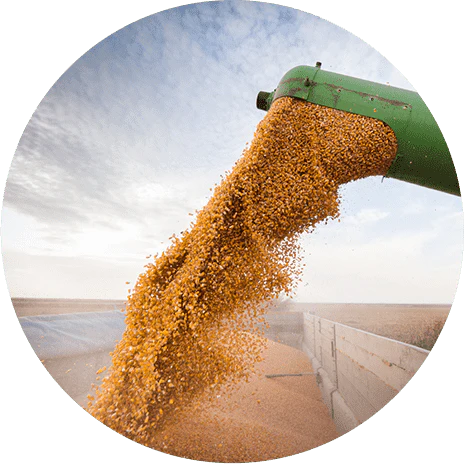
Your cart ( 0 )
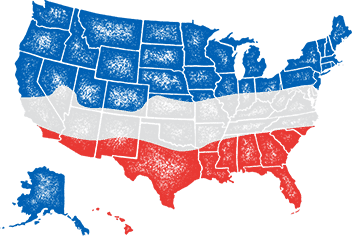
Partridge Peas are an annual reseeding legume growing 1 to 5 ft. tall, which will grow most anywhere in all soils. It provides good cover for quail and other wildlife. It provides protection, winter food, summer shade, and insect brood habitat.
Product Information
- Application or Use: Pasture, Food Plot, Erosion Control, Cover Crop, Ornamental, Pollinator Attractant
- Germination Time: 14 - 21 days, under optimal conditions
- Growing Locations: Warm Season, Transition Zone, Cool Season
- Height: 1 - 3 feet
- Sunlight Requirements: 8+ hours, full sun for best results
- Advantages: Provides protection for small wildlife, winter food, summer shade, and insect brood habitat.
- When to Plant: Recommended planting time is spring and summer when night time temperatures are consistently 65+ degrees.
Product Detail
- Annual reseeding legume
-
Sandy textured soils
- Good cover for wildlife
- Good for erosion control
- Soil enhancer
Product Information
The term "partridge pea" has been used to describe a wide array of small wild peas consumed by bobwhite quail. Partridge Pea, however, is usually used in reference to two species of Cassia that occur widely throughout the eastern United States.
Both species, Showy Partridge Pea (Cassia fasciculata) and Sensitive Partridge Pea (C. nicitans), are native annual legumes that volunteer frequently in fields, waste places, and along roadsides in Alabama. Partridge Pea produces hard-coated seeds that may persist for extended periods. The seeds are eaten by bobwhite quail, and are often an important food item in their diet during late Winter when other food sources have spoiled or been depleted. Partridge Pea's greatest benefit to quail comes from establishing stands where other native legumes are absent or scarce.
Partridge Pea germinates during late winter and grows rapidly through September. Its fern-like leaves grow on branched, reddish stems. Nectaries, or honey glands, are present on the stems near the bases of leaves. Showy Partridge Pea may reach 6 ft. in height at maturity, but typically grows to only 2 to 3 ft. One to four brilliant yellow flowers are generally produced along the stem and yield long, narrow, seeded pods. Petals of Showy Partridge Pea may extend 1 in. in length. Those of sensitive partridge pea seldom exceed 1/4 in.
Pods ripen by late October, burst open, and scatter three to twelve small, black, flattened seeds. The seeds are extremely hard, waterproof, and resistant to weathering.
Don't forget to buy the necessary inoculant for this product!
*Product packaging may appear different than what is pictured.
Prepare the seedbed, cover it lightly, and pack with a tractor tire or cult packer. A little fertilizer may be applied during the first year, but on most soils it is not necessary. With light disking or burning each spring during March, the patch will reseed for years. Broadcast with a cyclone seeder at a 10 to 15 lbs. per acre between February and July.
You will have mature seed in about 110 days after germination. Partridge Pea seeds have a very hard seed coat, and will germinate over a period of time, ensuring longevity of the stand.
Partridge pea tolerates a wide range of soil types, including many nutrient-deficient ones, but grows best on sandy-textured soils. Moist, slightly acidic (pH 6.0 to 6.5) sites favor rapid growth and seed production. Production is poor on both extremely acidic and highly alkaline sites. Although plants receiving full sunlight prosper, Partridge Pea usually requires partial shade for optimum production. Highest seed production generally occurs where plants are under about 30% shade. Seed yields drop dramatically as shade exceeds 50 to 60%.
Plot Size and Location: Establish partridge pea stands in areas where coverage of other native legumes is poor. Locate plots near good protective cover for quail. To minimize competition from grasses, establish plots on partially shaded sites and on land that has not been cultivated recently. Forest openings, utility right-of-ways, unused logging roads, and the edges of agricultural fields provide excellent sites for establishing Partridge Pea. Plots of 1/8 to 1/4 acre in size usually provide sufficient seed production for quail, and should be maintained at approximately 1/4-mile intervals.
Soil Preparation: Thoroughly plow selected sites to a depth of 6 to 9 in. before planting. Lime and fertilize plots according to soil test recommendations. If soil is not tested, apply about 300 lbs. of 0-20-20 fertilizer per acre.
Planting Dates and Methods: Partridge Pea may be planted any time from late Winter through May. The best planting dates usually occur during March in the south. Seed may be planted in rows spaced 3 feet apart or broadcast over finely prepared seedbeds. Seeds should be sown at a rate of 10 to 15 lbs. per acre, and covered to a depth of 1/4 to 3/4 in.
When broadcast planting, cover seeds by dishing lightly or cultipacking just enough to prevent drifting during heavy rainfall. In order for seeds to sprout, the hard seed coat must be scratched or scarified. Using scarified seed or higher planting rates usually provides better stands during the first year. Germination of unscarified seed may not occur completely until 1 to 2 years following initial establishment.
Variety: Lark
Maintenance: Partridge Pea readily reseeds itself. Therefore, both planted and naturally occurring stands can be enhanced and maintained indefinitely.
Established stands of Partridge Pea need regular maintenance to maximize seed production. Periodic dishing and burning stimulate production. Partridge Pea stands should be dished lightly and/or burned with a relatively hot fire every 2 to 3 years. After such treatment, stands remain productive for 1 to 3 years. Production dwindles after that time without further maintenance.
Delay dishing and burning as late as weather conditions permit, until immediately prior to germination of residual seeds. Initial germination typically occurs during February. Seed production may be enhanced and extended by applications of basic slag or other incomplete fertilizers every 3 to 5 years.
Plant during spring or fall at a rate of 75 to 100 lbs. per acre if broadcast seeding, or 50 to 70 lbs. per acre if drill seeding. As a cover crop, plant at a rate of 100 to 150 lbs. per acre. Plant at a depth of 1 to 2 in. Test soil to find a pH of 6 to 7.
Instructions
When choosing to start a new lawn, remove old vegetation by using a de-thatcher, power rake or tiller to kill the existing vegetation. Rake or drag the area to remove debris and dead grass for a clean area. Ensure the soil is leveled and loosened to allow the seed to have good soil contact once spread on a clean seed bed.
If you have an area with heavy weed coverage, we recommend starting fresh by killing and removing the existing vegetation. If you choose to use chemicals, herbicides or fertilizers, you must check with the product's manufacturer prior to planting new seed to ensure the proper waiting period.
When overseeding an existing area, mow your lawn at the lowest setting and bag the clippingsx. Rake or drag any areas that have dead thatch or debris.






